Exercise 1.3 (1) Line
Take a number of shots using lines to create a sense of depth. Shooting with a wide-
angle lens (zooming out) strengthens a diagonal line by giving it more length within
the frame. The effect is dramatically accentuated if you choose a viewpoint close to
the line.
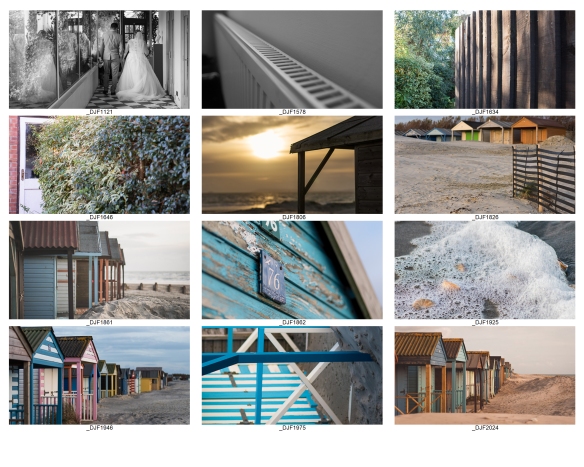 Exercise 1.3 (2) Line
Exercise 1.3 (2) Line
Take a number of shots using lines to flatten the pictorial space. To avoid the effects
of perspective, the sensor/film plane should be parallel to the subject and you may
like to try a high viewpoint (i.e. looking down). Modern architecture offers strong
lines and dynamic diagonals, and zooming in can help to create simpler, more
abstract compositions.
 Review your shots from both parts of Exercise 1.3. How do the different lines relate
Review your shots from both parts of Exercise 1.3. How do the different lines relate
to the frame? There’s an important difference from the point exercises: a line can
leave the frame. For perpendicular lines this doesn’t seem to disrupt the composition
too much, but for perspective lines the eye travels quickly along the diagonal and
straight out of the picture. It feels uncomfortable because the eye seems to have no
way back into the picture except the point that it started from. So for photographs
containing strong perspective lines or ‘leading lines’, it’s important that they lead
somewhere within the frame.
Exercise Review:
There is definitely a different feel to both sets of photographs. In exercise 1.3 (1), I tried placing the leading lines in different parts of the frame and I noticed that in most of them, I have left space around the line which emphasizes it, whereas, in exercise 1.3 (2) many the lines are terminated at the edges of the photograph. The flat views are great for detail shots or strong regular shapes.
The hypothesis above states that ” So for photographs containing strong perspective lines or ‘leading lines’, it’s important that they lead somewhere within the frame”
To test this I took a photo where there appeared to be a definite ‘thing’ at the end of the ‘lead line’ namely two traffic cones. In the second photograph I took them out of the picture, to see if it did indeed affect the viewers comfort. Personally, I didn’t think it made much difference, but this may be because the line extends almost to the other side of the frame anyway.
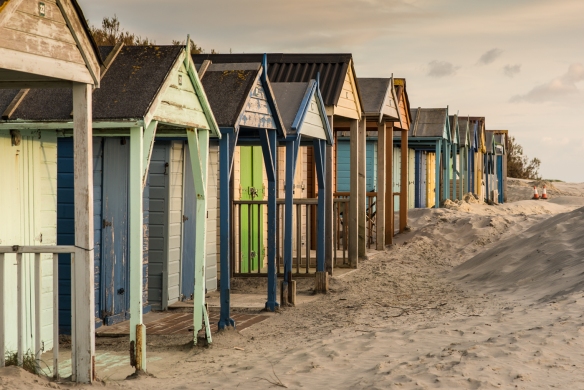

Although the photo below was taken with flat lines in mind, those being the different horizons between land, sea and sky, the addition of the people and boat, give it perspective which create an invisible line. So for the image to have worked as a flat photo, I would have to taken it without either of those elements in it.
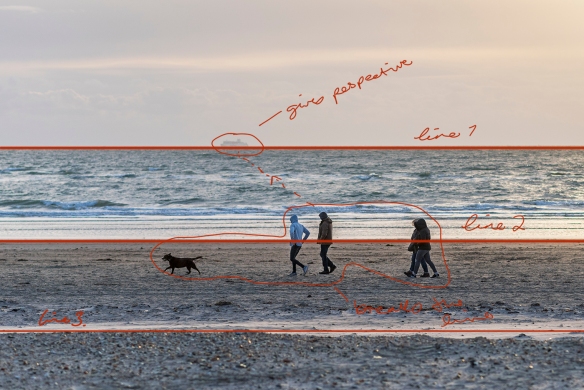
Here the people and ship have been removed to show how the flat image would look.



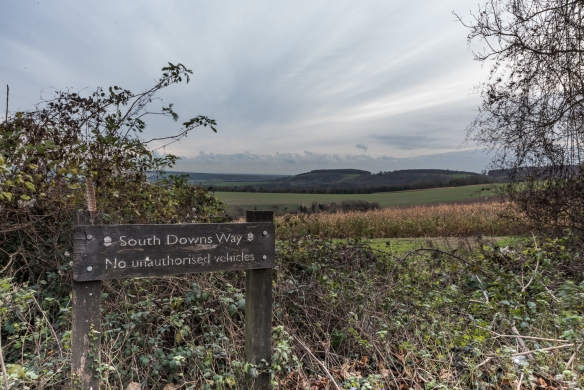
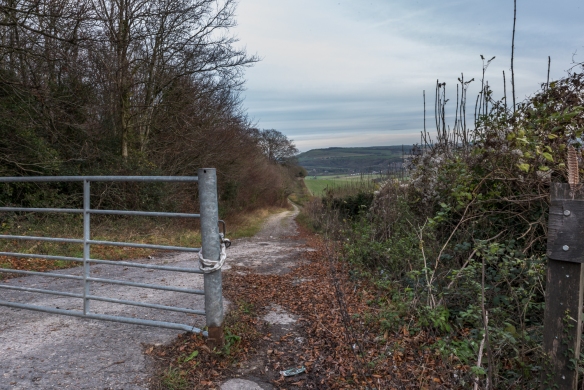


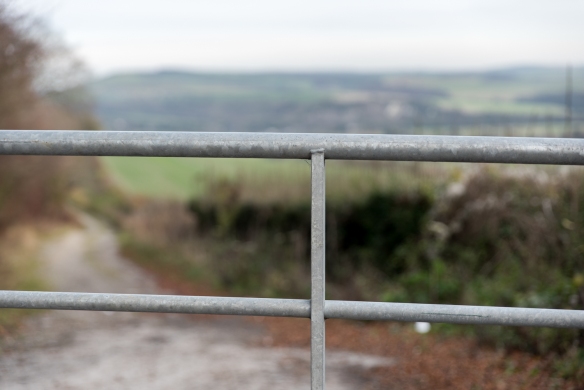
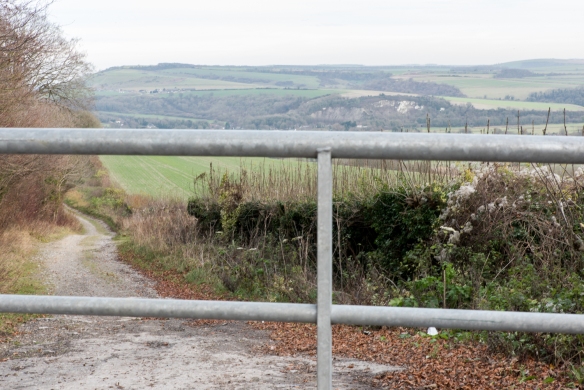




 Exercise 1.3 (2) Line
Exercise 1.3 (2) Line Review your shots from both parts of Exercise 1.3. How do the different lines relate
Review your shots from both parts of Exercise 1.3. How do the different lines relate


